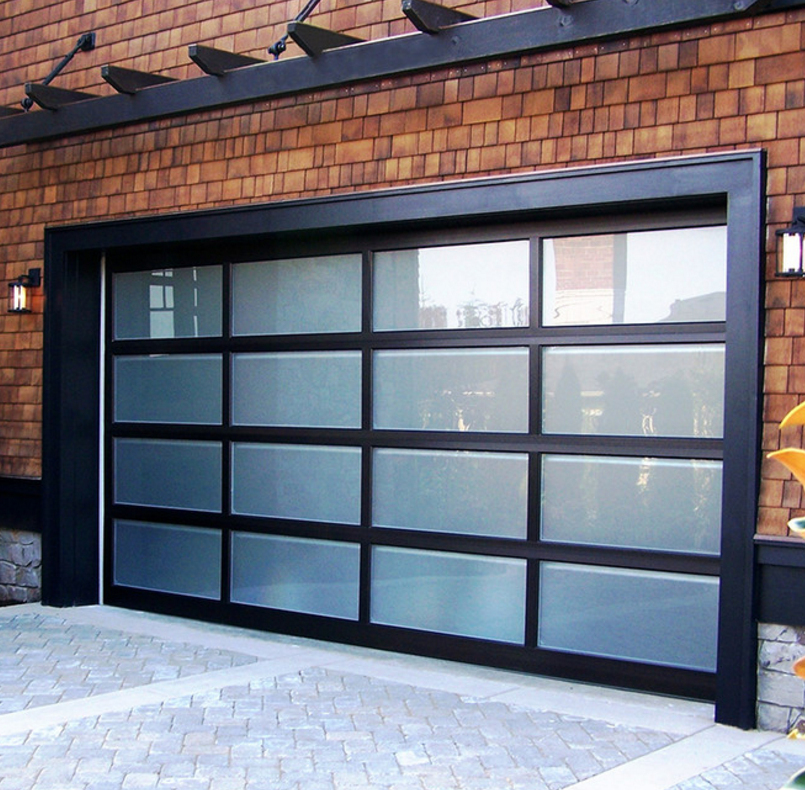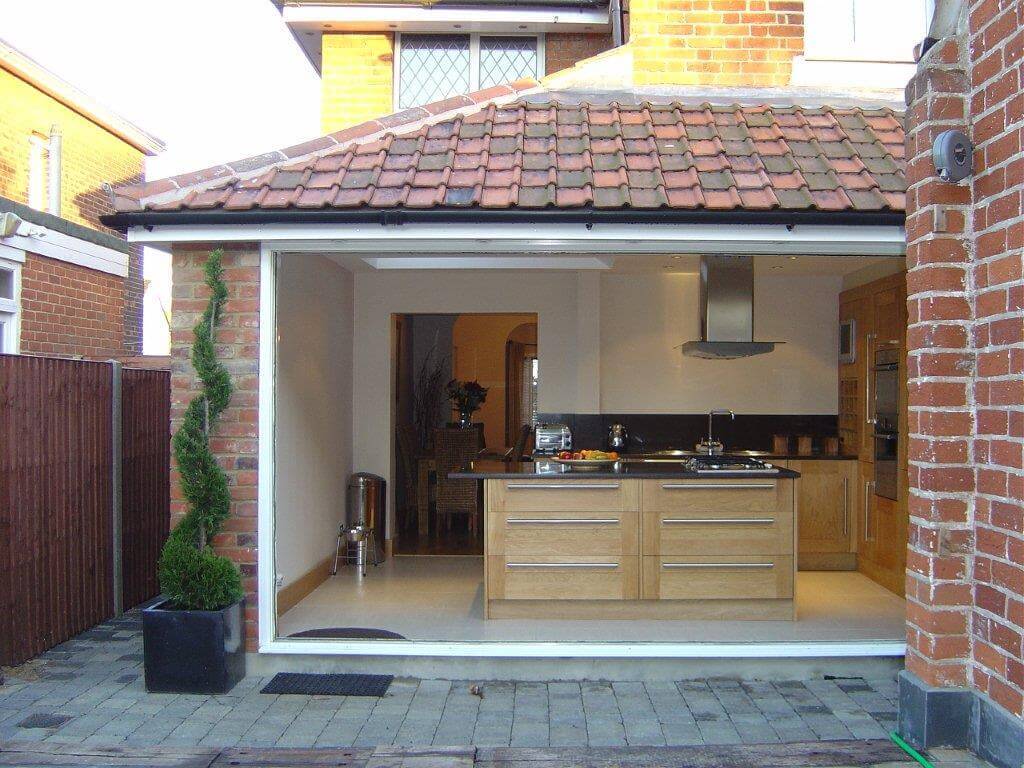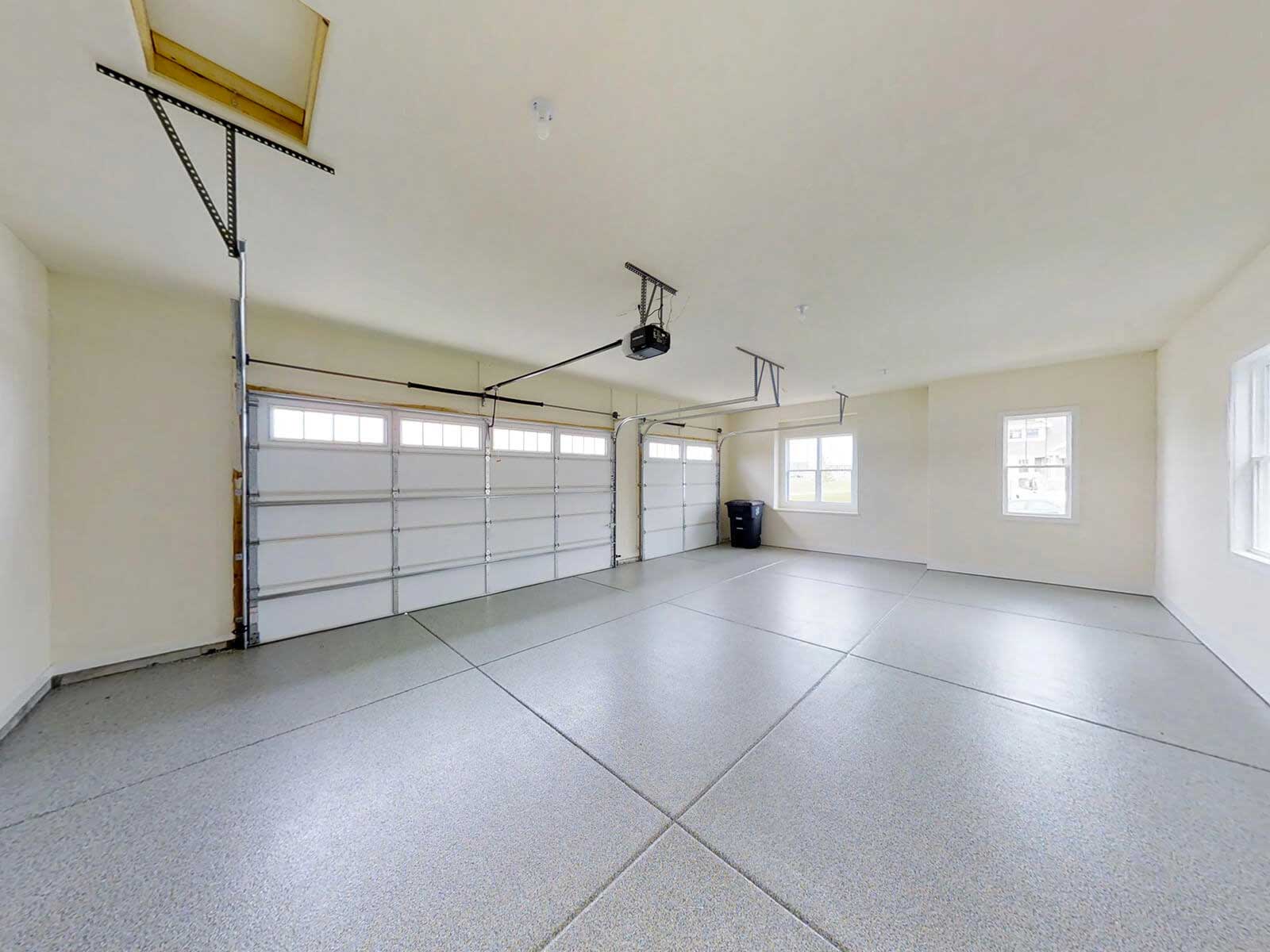
Garage doors come in a variety of sizes, from a few inches to several feet wide and tall. You can use them for commercial or industrial purposes. If you are building a new home, or renovating your existing one, it's a good idea to measure the size of the garage and decide which door best suits your needs.
Standard Garage Door Sizes
For most homes, the standard garage door size is 9 feet by 7 feet for a single garage door and 16 feet by seven feet for a double garage door. This is a great size for most vehicles and will fit many people's needs.
Consider what kind of vehicle you intend to park in your garage door before you decide on the garage size. A taller garage is better for large vehicles like SUVs. The double garage door might be more useful for two cars that need to be parked side by side.

You'll likely need a larger garage to house your RV. It is important to measure the space in your garage to determine how big you can store an RV.
Garage Door 10 ft
A 10-foot garage doors might be better if your garage is small and you have only a few vehicles. Because they are slightly wider than a 12-foot garage doors, it is easier to get in and out of your garage with your cars.
8 ft Garage Door
If you need to park a couple of smaller vehicles in your garage, you may want to choose an 8-foot garage door. These are available in a variety of colors and styles, including wood grain finishes.
12' Garage Door
A 12-foot door would be the ideal choice for a garage with more square footage. They are available in many colors and finishes and can be found at most hardware stores.

Garage Door 18ft
A typical 18-foot garage door will be a good fit for most people's needs, and is generally the most popular of all the sizes. This is because it can accommodate most vehicles. It can also be opened up to full height for smaller trailers and motorcycles.
A designer or architect can help you decide which garage door is best for your home. They will help you determine if the door's size is right for you and may even recommend different styles to fit your space. They will be able help you select the best materials for your garage.
FAQ
How much would it cost to gut a home vs. how much it cost to build a new one?
Gutting a home involves removing everything within a building including walls and floors, ceilings as well as plumbing, electrical wiring, appliances, fixtures, and other fittings. It's usually done when you're moving into a new place and want to make some changes before you move in. It is often very costly to gut a home because of all the work involved. Depending on what job you do, the average cost for gutting a house is $10,000 to $20,000
The process of building a home involves the construction of a house from one frame to another. Next, the builder adds walls, flooring and roofing. This is usually done after buying a lot of lands. Building a home can be cheaper than gutting. It usually costs around $15,000-$30,000.
It all comes down to what you want to do in the space. You will probably have to spend more to gut a house. You don't need to take everything apart or redo everything if you are building a home. You can build it the way you want it instead of waiting for someone else to come in and tear everything up.
What should I do about my cabinets?
It depends on whether your goal is to sell or rent out your house. If you intend to sell your home, you will likely need to remove and refinish cabinets. This gives buyers the illusion that they are brand new, and allows them to envision their kitchens once they move in.
You should not put the cabinets in your rental house. Tenants often complain about having to clean up dishes and fingerprints from previous tenants.
You might also think about painting your cabinets to make them appear newer. Just remember to use a high-quality primer and paint. Low-quality paints may crack over time.
How do I determine if my house requires a renovation or remodel?
First, check to see whether your home was updated in recent years. A renovation might be in order if the home has not been updated for some time. However, a remodel might be the best option for you if your home seems brand-new.
A second thing to check is the condition of your house. A renovation may be necessary if your home has holes in its drywall, cracked wallpaper, or missing tiles. If your home is in good condition, it might be worth considering a remodel.
You should also consider the overall condition of your house. Is your house structurally sound? Do the rooms look nice? Are the floors well-maintained? These are essential questions to consider when choosing the type of remodeling you want.
Why should I remodel rather than buying a completely new house?
It's true that houses get cheaper yearly, but you're still paying for the same square footage. You will pay more for the extra square footage, even though you might get more bang for you buck.
A house that isn't in constant maintenance costs less.
Remodeling instead of buying a brand new home can help you save thousands.
Remodeling your current home can help you create a unique space that suits the way you live. You can make your home more comfortable for you and your family.
Is $30000 too much for a kitchen redesign?
You can expect to pay anywhere from $15000-$35000 for a kitchen overhaul, depending on how much money you have available. If you want a complete kitchen overhaul, expect to pay more than $20,000. For less than $3000, you can update appliances, add lighting, and replace countertops.
Full-scale renovations typically cost between $12,000 and $25,000. But there are ways to save money without compromising quality. A new sink can be installed instead of replacing an older one. This will cost you approximately $1000. You can also purchase used appliances at half of the cost of new.
Kitchen renovations take longer than other types of projects, so plan accordingly. It's not ideal to begin working in your kitchen, only to find out halfway through that there isn't enough time to finish the job.
Start early. Begin by looking at all options and getting estimates from multiple contractors. Next, narrow your options based on price and availability.
Once you have contacted a few contractors, ask them for estimates and then compare prices. Not always the best choice is the lowest-priced bid. It is important to find someone who has similar work experience and will give you a detailed estimate.
Be sure to take into account all additional costs when you calculate the final cost. These may include additional labor, material charges, permits, etc. You should be realistic about what you can spend and stick to your spending budget.
Tell the contractor if you don't like any of the bids. Tell the contractor if you are not satisfied with the first quote. Give him or her another chance. Saving money is not a matter of pride.
How long does it take to remodel a bathroom?
It usually takes two weeks to remodel a bathroom. However, it all depends on how big the project is. You can complete smaller jobs like adding a sink or vanity in a few days. Larger projects like removing walls and installing tile floors or plumbing fixtures can take many days.
The rule of thumb is that you should allow three days for each room. If you have four bathrooms, then you'd need 12 days.
Statistics
- 57%Low-end average cost: $26,214Additional home value: $18,927Return on investment: (rocketmortgage.com)
- bathroom5%Siding3 – 5%Windows3 – 4%Patio or backyard2 – (rocketmortgage.com)
- $320,976Additional home value: $152,996Return on investment: 48%Mid-range average cost: $156,741Additional home value: $85,672Return on investment: (rocketmortgage.com)
- Attic or basement 10 – 15% (rocketmortgage.com)
- 5%Roof2 – 4%Standard Bedroom1 – 3% (rocketmortgage.com)
External Links
How To
How to Install Porch Flooring
Although installing porch flooring can be done easily, it is not without some planning. The easiest way to install porch flooring is by laying a concrete slab before installing the porch flooring. But, if you don’t have the concrete slab available, you could lay a plywood board deck. This will allow you to install porch flooring without having to invest in concrete slabs.
Before installing porch flooring, you must secure the plywood as the subfloor. To do this, you must measure the width of the porch and cut two strips of wood equal to the porch's width. These strips should be placed along both sides of the porch. Next, nail the strips in place and attach them on to the walls.
You must prepare the area in which you plan to place the porch flooring after you secure the subfloor. This usually involves cutting the floorboards' top layer to the required size. Finish the porch flooring by applying a finish. Polyurethane is the most common finish. You can also choose to stain your porch flooring. You can stain your porch flooring more easily than applying a clear coating. All you need to do is sand the stained area after applying the final coat.
After completing these tasks, it's time to install your porch flooring. First, measure and mark the location of your porch flooring. Next, cut the porch flooring to size. Then, fix the porch flooring to its place using nails.
Porch stairs can be added to porch flooring to increase stability. Porch stairways are typically made of hardwood. Some people like to install their porch stairs before they install their porch flooring.
Now it's time to finish your porch flooring project. You first have to take out the old porch flooring and put in a new one. You will then need to clean up any debris. Remember to take care of the dust and dirt around your home.